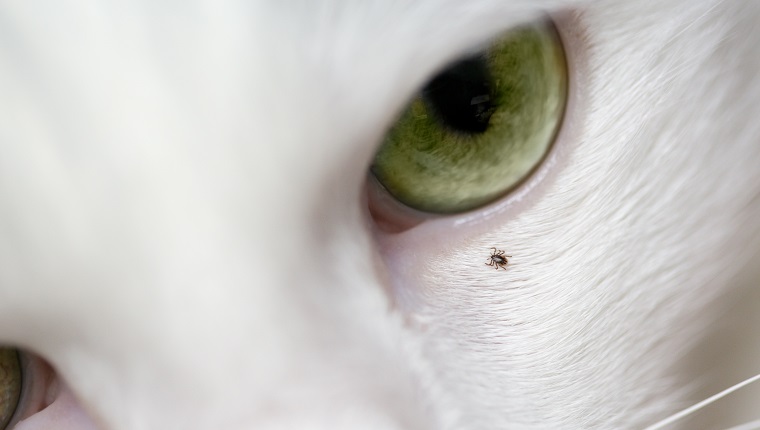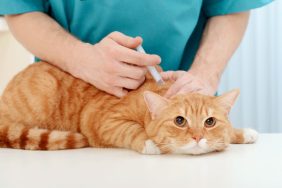Ehrlichiosis in cats is a tick-borne disease that’s believed to be caused by bacteria. If a cat catches it, the disease can infect and destroy the animal’s cells.
While it’s not that common among the feline population, it gets increasingly more challenging to cure the longer it afflicts a cat. Early detection is key to beating the disease. And don’t worry, humans cannot catch this disease from their cats.
If you see the signs, contact your veterinarian right away for a proper diagnosis and treatment. Here’s what you should know about the symptoms, causes, and treatments for ehrlichiosis in cats.
Symptoms Of Ehrlichiosis In Cats
Symptoms of ehrlichiosis in cats are very wide ranging. This means that it’s important for you to consult a vet for a correct diagnosis if you suspect that your cat might have the disease.
Here are some of the symptoms that might appear in cats who suffer from ehrlichiosis:
- Lethargy
- Eye issues including discharge and inflammation
- Weight loss
- Loss of appetite
- Enlarged spleen
- Becoming more sensitive to noise and light
Causes Of Ehrlichiosis In Cats

Common veterinary theory suggests that cats catch ehrlichiosis from ticks, which originally pick it up themselves when they feed on an infected host’s body.
Once a tick feeds on a cat’s blood, they transmit the disease. This happens around three to six hours after the tick attaches itself to the cat.
Treatments For Ehrlichiosis In Cats
When it comes to treating ehrlichiosis in cats, vets may use blood work, a bone marrow aspirate, or x-rays to detect the disease.
After detection, the course of treatment will depend on the severity of the case. Many times, vets prescribe antibiotic drugs. Popular drugs for ehrlichiosis include oxytetracycline, doxycycline, tetracycline, and minocycline.
If the cat is in a more serious stage of the illness, vets may use intravenous fluids or blood transfusions.
In all cases, follow the advice of your vet when it also comes to allowing your cat to recuperate properly once they return home.
The best treatment is prevention so your cat doesn’t get the disease in the first place. Stay up to date with your cat’s tick prevention, and talk to your vet!
Has your cat ever caught ehrlichiosis? How did your vet treat it? Let us know in the comments below!









